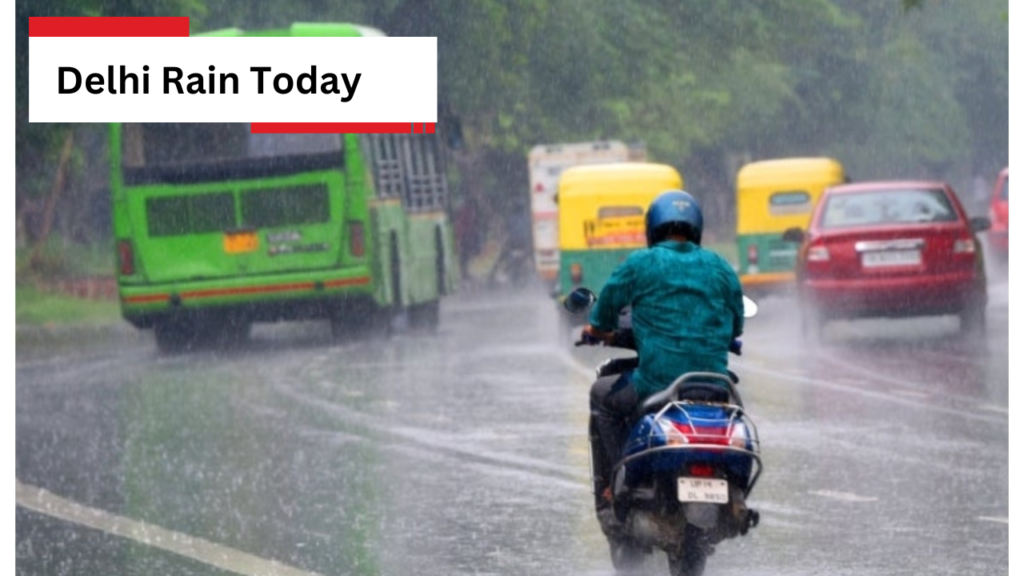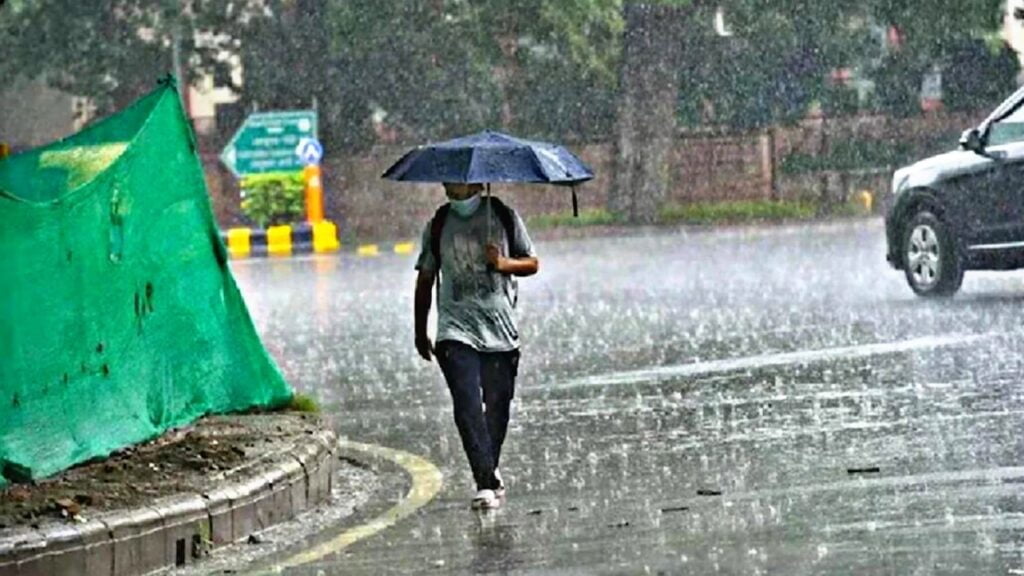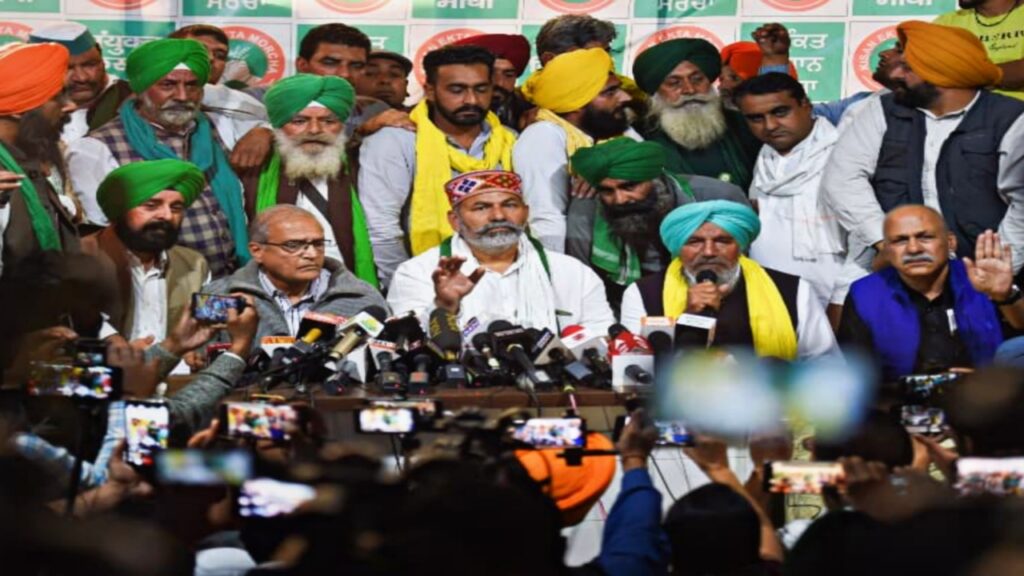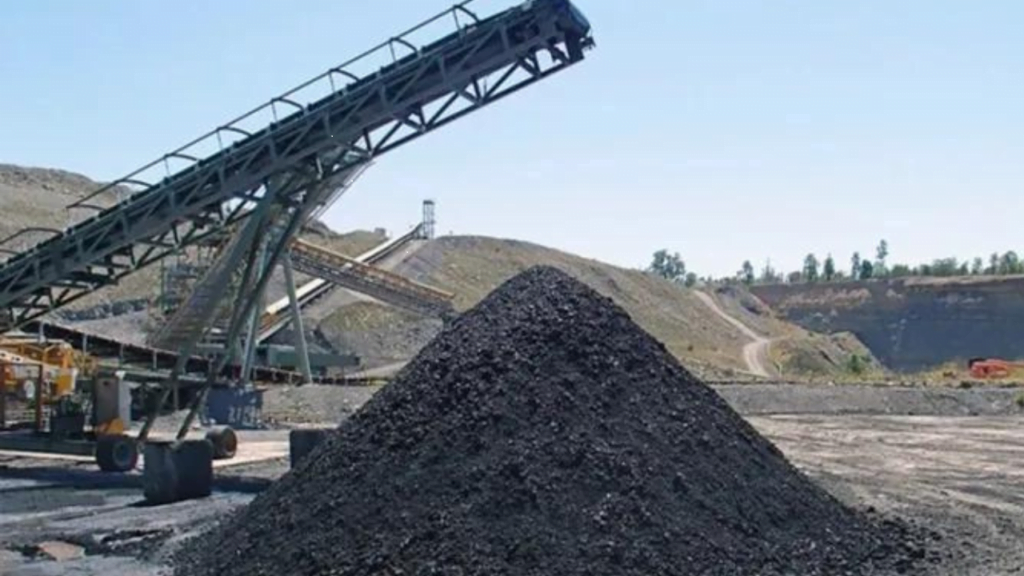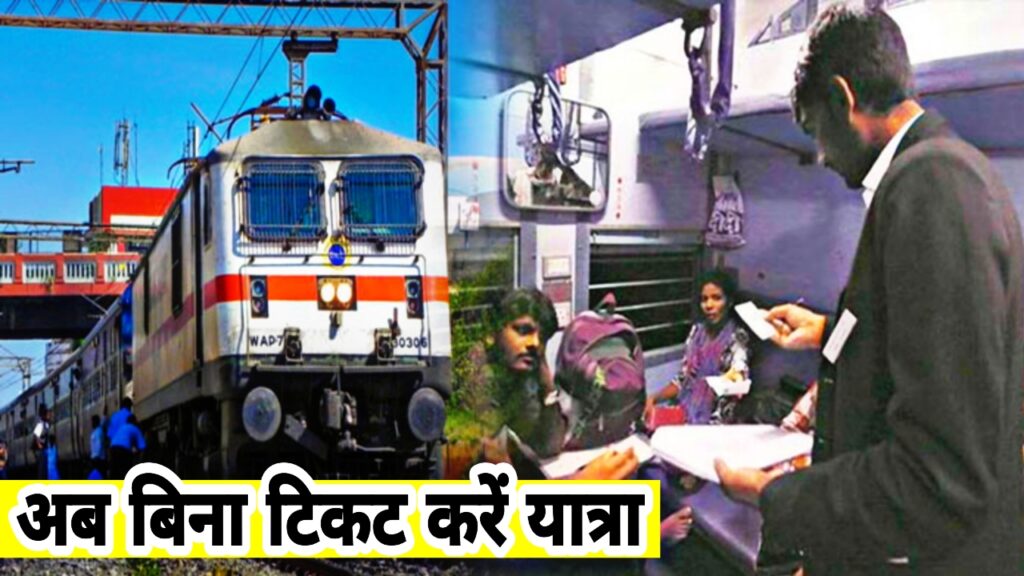New Delhi
The monsoon is knocking at Delhi’s doorstep earlier than expected, and this year’s arrival could go down in the weather history books. According to the India Meteorological Department (IMD), the monsoon is likely to enter Delhi within the next 24 hours, potentially breaking a 12 year old record for early onset.
In recent days, Delhi has already experienced a significant drop in temperature, strong winds, and scattered showers clear indicators of the monsoon’s approach. The city, usually witnessing monsoon rains by the end of June or early July, may see an official declaration much earlier in 2025.

What are the Causing Early Monsoon?
The current weather patterns show strong moisture-laden winds moving from the Bay of Bengal and the Arabian Sea. These winds are pushing the monsoon northwards at a rapid pace. Favorable conditions such as increased humidity, cloud formation, and a dip in surface temperature have further strengthened the monsoon’s progress toward North India, including Delhi.
If the monsoon hits today or tomorrow as predicted, it will mark the earliest arrival since 2013, potentially breaking records set over a decade ago.
IMD Issues Rain and Thunderstorm Alert
The IMD has issued a rain and thunderstorm alert for Delhi and surrounding regions including Noida, Gurugram, Ghaziabad, and Faridabad. Citizens are advised to stay updated with weather alerts, avoid unnecessary travel during storm hours, and ensure safety at home and on the roads.
Winds are expected to reach speeds of up to 40–50 km/h, and localized waterlogging is possible in low-lying areas. Those commuting to work or school are recommended to carry umbrellas and rain gear.

Relief From Heat, But Caution Needed
For Delhiites who have been battling high humidity and scorching temperatures, the rains bring much needed relief. However, with the onset of monsoon, the risk of flooding, traffic congestion, and electricity disruptions increases. As well as Proper drainage systems and emergency preparedness become essential.
Health authorities have also urged residents to be cautious of seasonal illnesses such as dengue, malaria, and water-borne infections, which typically rise during the rainy season.
Conclusion
Delhi is on the edge of welcoming the monsoon, and with it, a dramatic shift in the city’s weather landscape. While the rains are a welcome break from the heat, they also come with their own challenges. As the city braces for early showers and potential thunderstorms, residents are advised to stay informed and prepared for a wet and wild monsoon season.

